There are no signs along Stonington Borough’s main streets that point you to the seaside meadow at the end of what was known as Shinbone Alley, now Wall Street. Dodge Paddock and Beal Preserve casually offers an understated experience for those who do not need giant tourist attractions and sprawling parking lots in their lives.
Early autumn provides views of a dozen monarch butterflies gathering on Goldenrod. A few bees linger. Taking any of the paths through the field, it feels impossible that anyone could be lucky enough to live on the edges of this property acquired by the Avalonia Land Conservancy in 1980 and 1981. It shows up nowhere on the state tourism website, yet this spot on Little Narragansett Bay has historical and natural appeal, and is defined by change.
In the 1800s, a saw mill replaced the pottery factory. When that burned, the area shifted to residential use. With climate change afoot, intense storms, such as Hurricane Sandy in 2012, have disturbed the site of less than four acres. That time, a 20-foot hole was punched in the seawall. A swale was since added to alleviate flood waters, and walking the property, you step over it without a thought, perhaps using the plank of wood placed as a bridge if the distance is too far to leap.
A breakwater into the bay shows off the rocks found along Connecticut’s southeastern coast: Hope Valley Alaskite Gneiss and Rope Ferry Gneiss. Double-crested Cormorants line up on it. Shards of pottery from centuries ago are rumored to still be found here in this quiet village where you can see right into the neighboring states without knowing where the invisible boundaries lie. Rugosa roses form hips along the edges of the marsh. Families arrive, ramble around the walking paths. It never feels crowded, perhaps because the crowds have gathered down the road a minute in Mystic or Misquamicut.
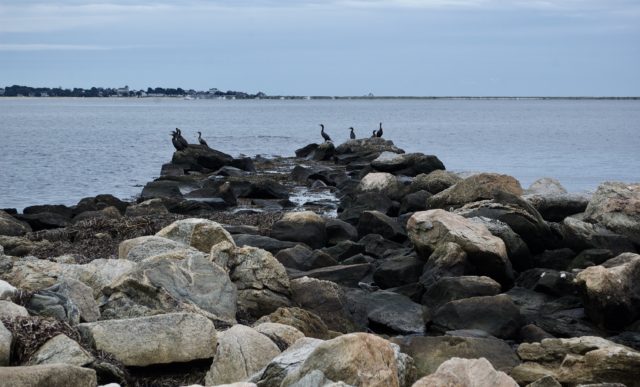
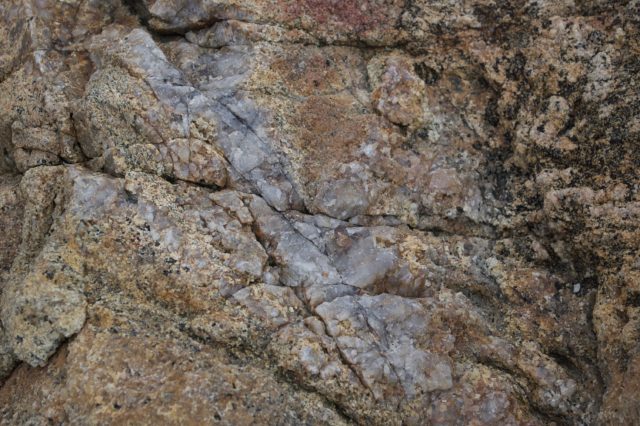
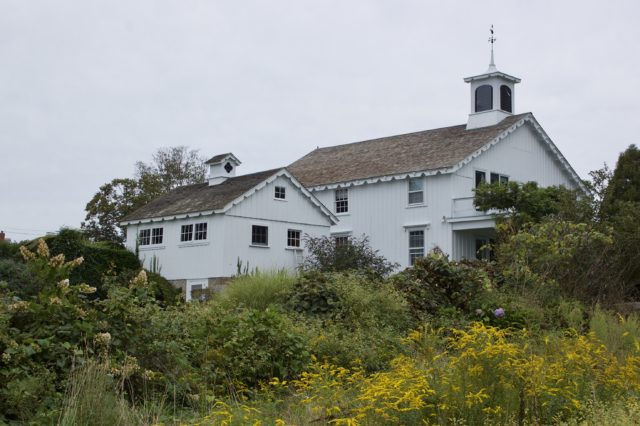
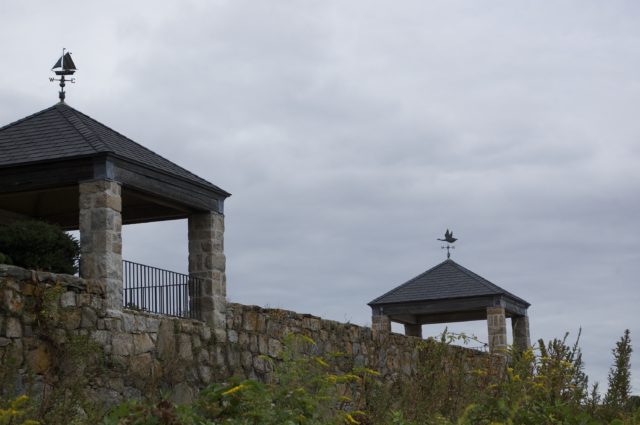
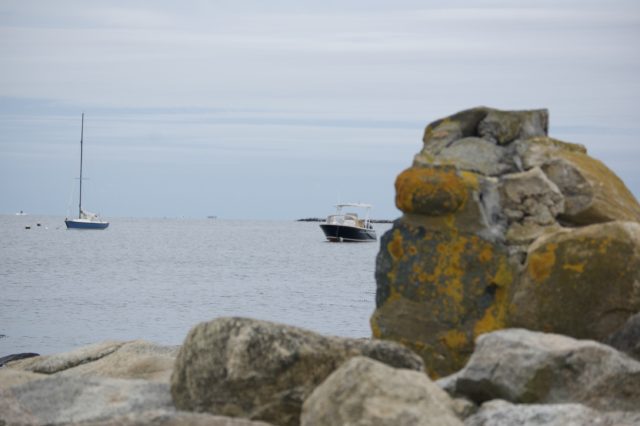
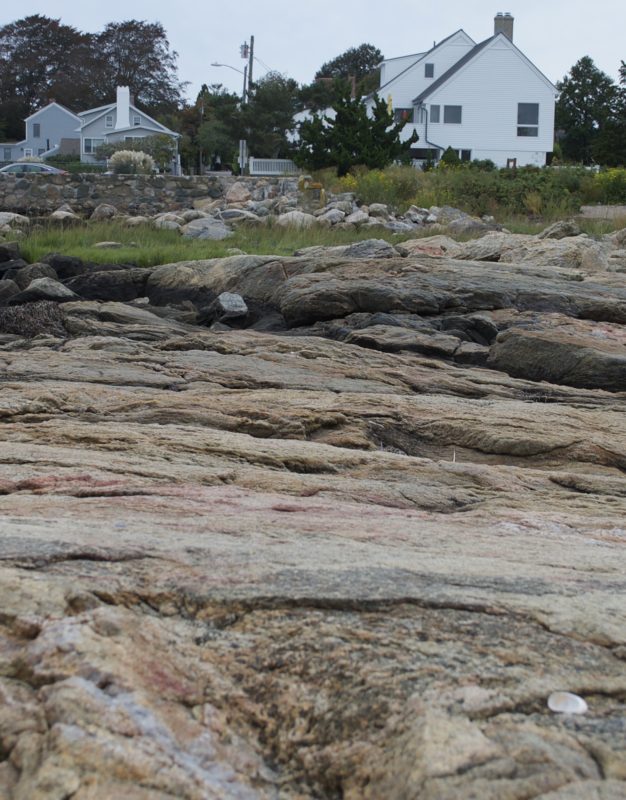
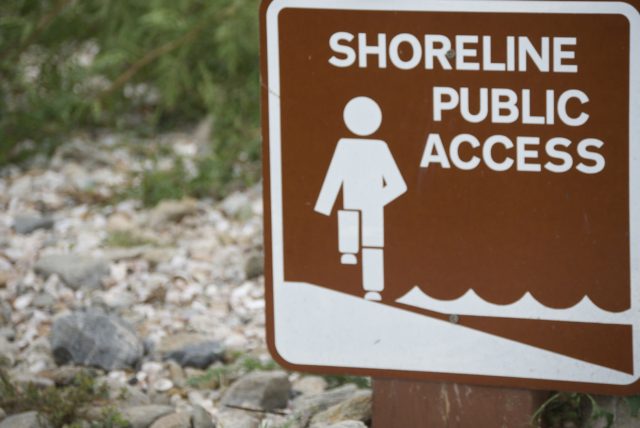
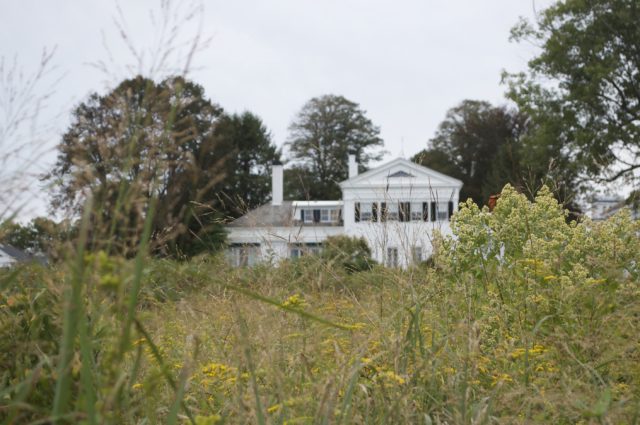
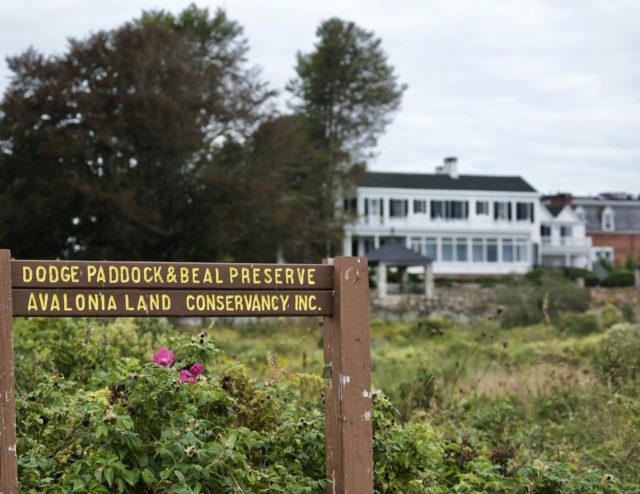
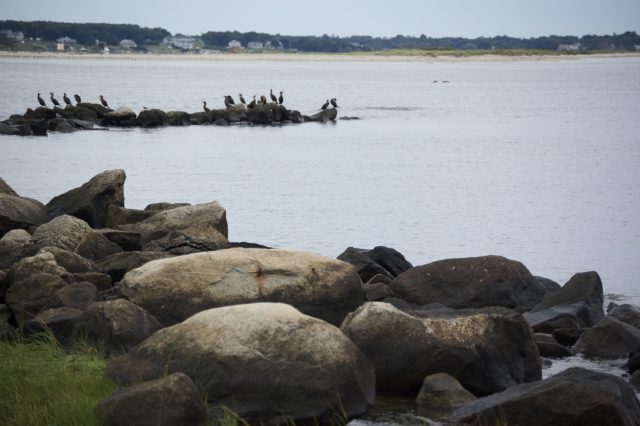
Dodge Paddock / Beal Preserve is located at the eastern end of Wall Street in Stonington Borough, Connecticut.
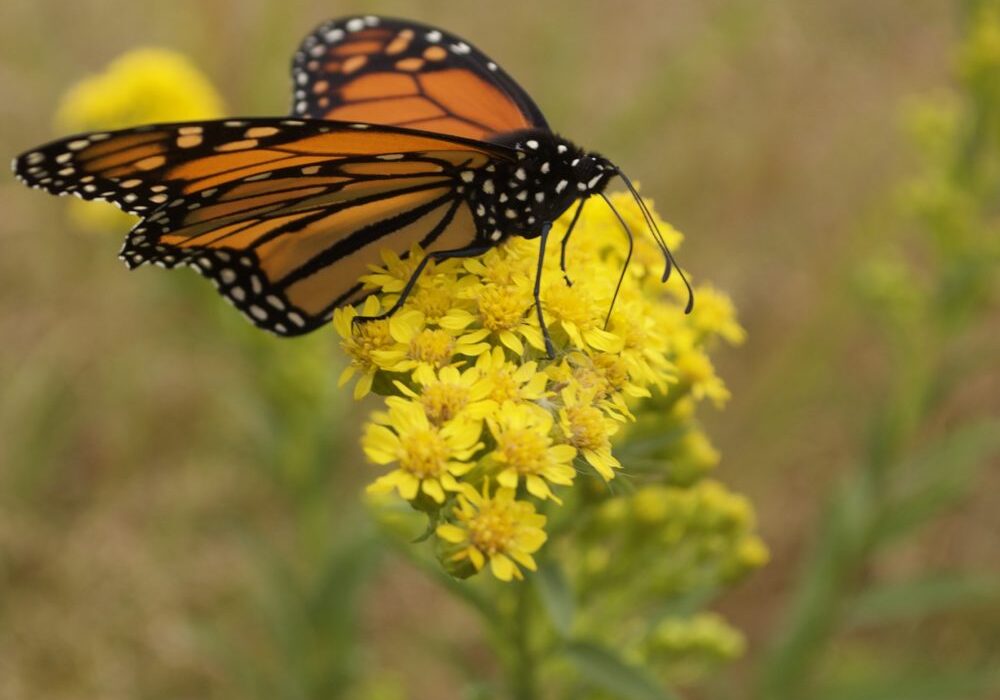
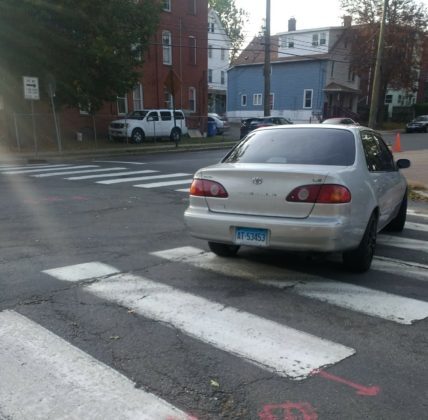
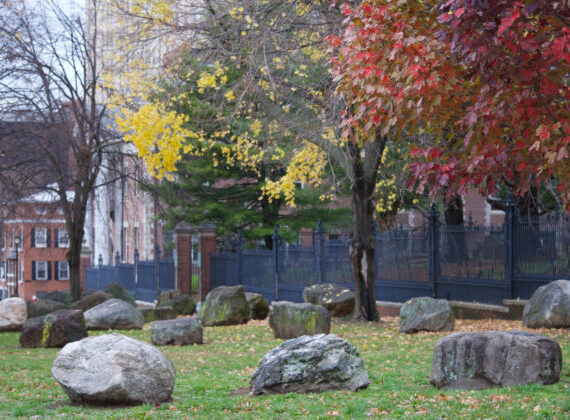
Donna Fleischer
Love this! Thank you.
Richard Nelson
Tim and I love to go to places like this. Many moons ago Olga and Bessy Marie took the Cross Sound Ferry to Long Island and across from the Ferry landing is Orient Point Country Park. A wonderful nature trail and walk along the sound to the very tip. No one was around as everyone was enjoying everyone else at Ocean State Park 2 miles away.